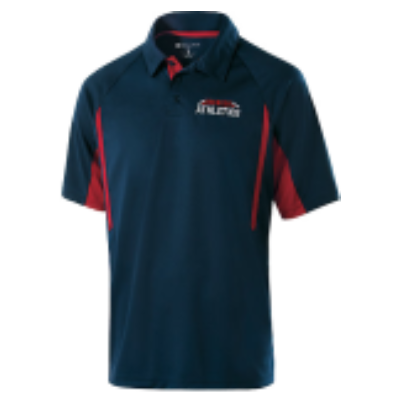Unveiling the Magic of Direct to Garment (DTG) Printing: A Step-by-Step Guide
In the ever-evolving world of fashion and apparel, Direct to Garment (DTG) printing has emerged as a game-changer. This printing method allows for high-quality, detailed designs to be transferred directly onto garments, making it a popular choice for custom apparel and small-batch production. Let’s dive into the step-by-step process of DTG printing to understand how it brings your designs to life.
Various Steps for DTG Printing
Step 1: Preparation
The journey of a stunning garment print begins with preparation. The garment, typically made of cotton or a cotton blend, undergoes a pre-treatment process. A special liquid solution is applied evenly across the area where the design will be printed. This pre-treatment solution is crucial as it helps the ink adhere to the fabric, ensuring the vibrancy and durability of the print. After the application, the garment is dried using a heat press or a tunnel dryer. This step is essential to ensure that the pre-treatment solution is fully absorbed and dry, setting the stage for a flawless printing process.
Step 2: Loading and Design
Once the garment is pre-treated and dried, it’s time to load it onto the platen of the DTG printer. The platen plays a vital role in holding the garment flat and in place during the printing process, ensuring precision in design placement. Parallelly, the digital design is meticulously prepared using graphic design software. This design is then sent to the DTG printer, usually via a computer connected to the printer. The marriage of technology and creativity at this stage is what makes DTG printing so versatile and capable of producing intricate designs.
Step 3: Printing
The heart of the DTG printing process is, of course, the printing itself. The printer uses water-based inks and applies the design directly onto the garment. The printer head moves back and forth over the garment, spraying tiny droplets of ink that penetrate the fibers of the fabric. This method allows for an extensive range of colors and detailed designs to be printed with precision. The ink is applied layer by layer, building up the colors & details of the design, resulting in a vibrant and durable print.
Step 4: Drying and Finishing
The final step in the DTG printing process is drying and finishing. After printing, the ink on the garment needs to be dried & cured to ensure its washability and durability. This is usually done using a heat press or a tunnel dryer, which applies heat to set the ink into the fabric. Once the garment has been dried and cured, it undergoes a thorough quality check to make sure that the print is clear, the colors are accurate, and there are no defects. Any final finishing touches, such as folding or packaging, are completed before the garment is ready for sale or distribution.
Conclusion
In conclusion, DTG printing is a marvel of modern printing technology that offers unparalleled flexibility and quality in garment printing. Whether you’re a designer looking to bring your creations to life or a brand seeking to produce custom apparel, DTG printing offers a world of possibilities. So, the next time you hold a beautifully printed garment, remember the meticulous process that went into making it a piece of wearable art.













